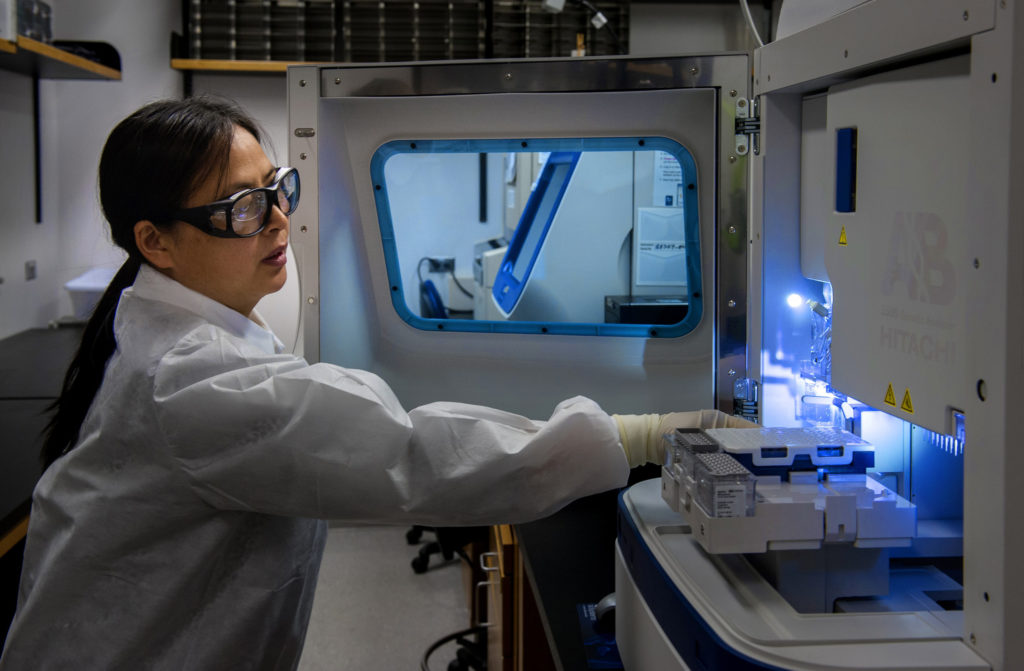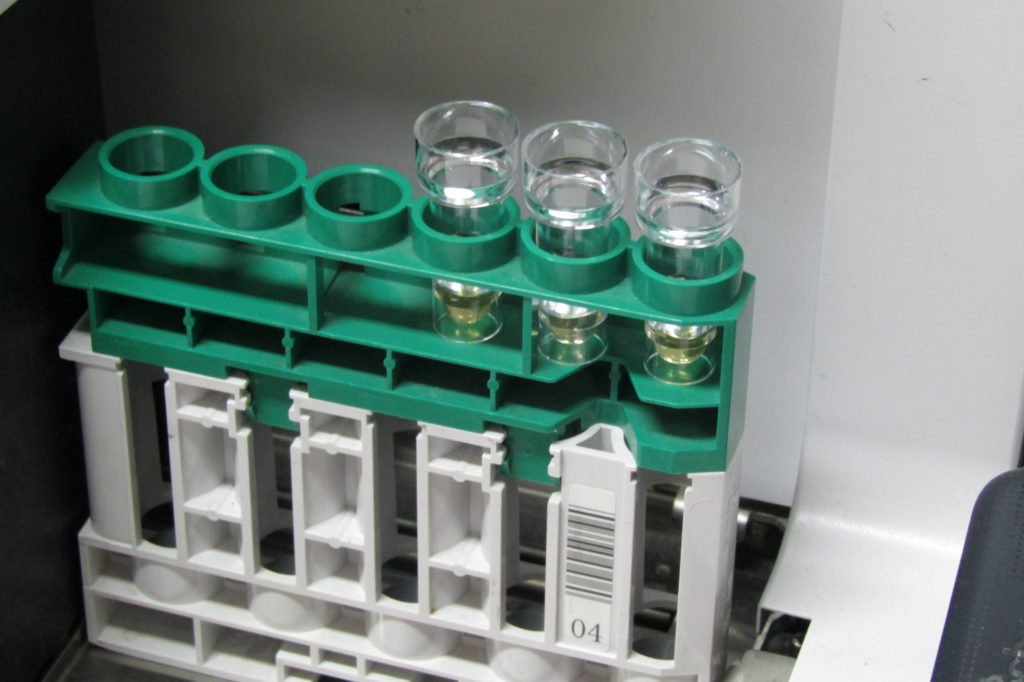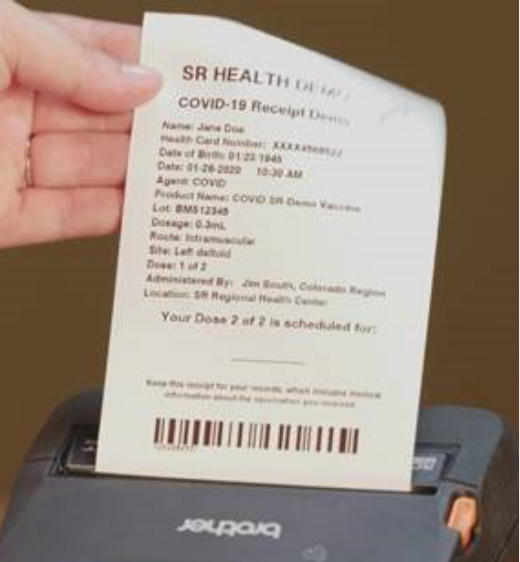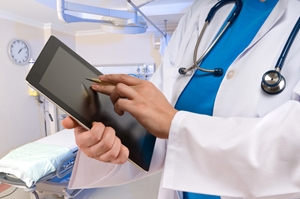Across the healthcare industry, printing has always played a vital role in patient identification and medication labelling, but with groundbreaking innovations in mobile printing technology, healthcare providers and caregivers have embraced a new breed of portable printers for faster, safer, and more accurate labelling where they are needed – whether it is at a hospital, laboratory, pharmacy, or outfield.
With today’s healthcare providers and government agencies facing ever-changing patient needs in the face of a global pandemic, let’s take a closer look at what this new generation of mobile labelling solutions has to offer and how they are being used across the industry.
Accurate and robust labels on-demand

The unprecedented challenges brought about by COVID-19 saw the need for testing centres and vaccine distribution locations to be rapidly deployed across community centres, worker dormitories, and hospitals, and when it comes to patient safety, it is vital that all their information is always clearly and accurately labelled across every stage of this process.
With today’s advanced and compact mobile printers, healthcare professionals can readily print barcode labels vaccination receipts, patient ID wristbands, community identification labels, specimen collection labels, and more, to ensure that everyone receives their specific dosage and documentation. This meant that not only would they require a mobile printing solution that could be rapidly deployed across hundreds of vaccination points across the region, but that each printer must be easy to set up and robust enough to withstand hundreds of prints each day.
Faster, safer swab testing on wheels

One of the critical components in helping contain the pandemic is testing, and in its efforts to track and combat the spread of the virus, governments have converted vehicles into mobile testing stations, allowing swab teams to be quickly deployed to perform swab operations safely. This enables tests to be carried out on at-risk locations rather than requiring potentially infected patients to commute to a fixed test site.
On such mobile testing stations, patient details and identification can be captured via an app and immediately sent to on-board mobile label printers to print labels that are applied to the various swab test request forms, swab sample vials, and swab sample manifest lists. This automated process not only requires less contact between patients and the healthcare professionals, but more importantly, ensures the accurate and timely documentation of all testing conducted across large groups.
The future of labelling for healthcare

As the pandemic continues to impact the healthcare sector and beyond, mobile label printers will continue to play an essential role in workplace safety around the world. These solutions can be set-up at a moment’s notice, and seamlessly integrated with existing technology to swiftly and effectively test, identify and document large volumes of samples – wherever you may require them. Find out more about these mobile printing innovations, and how they can help facilitate the future of workplace safety here


